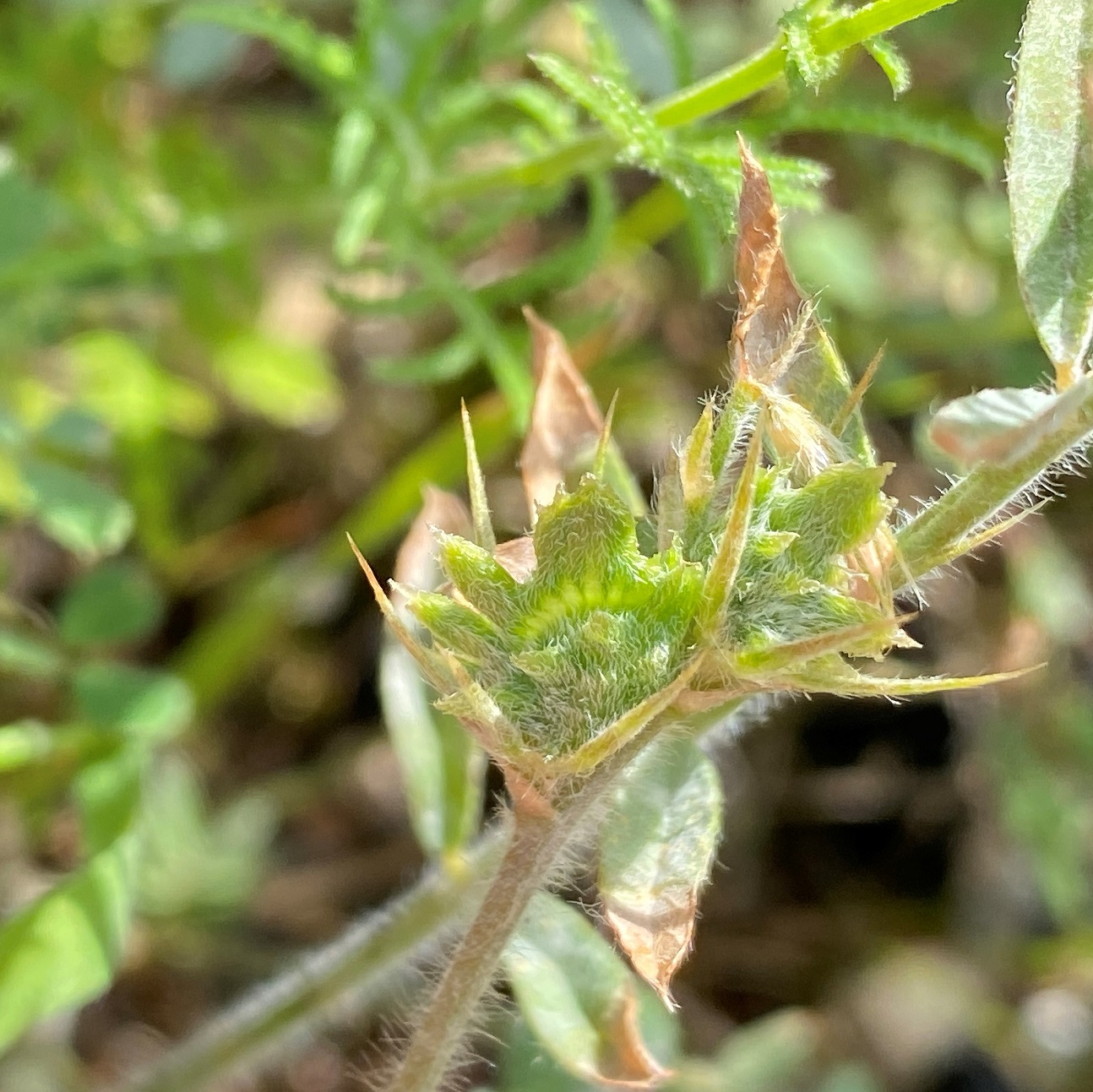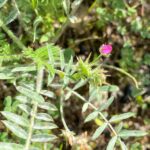Τριβούλιν, Ονοβρυχίδα η κοκορόλειρη
Etymology of Onobrychis crista-galli
The name of the genus, "Onobrychis", is Ancient Greek, "ὀνοβρυχίς" [onovrychis], and derives from "ὀνος" [onos], meaning "donkey" and "βρυχίς" [vrychis], meaning "feast, symposium" because according to the ancient Greeks, the donkeys were having a feast devouring Onobrychises. Latin "crista-galli" means "rooster's crest", because of the resemblance of its pod with the rooster's crest.
The Onobrychis genus in Cyprus
There are four Onobrychis taxa in the wild Cypriot habitat.
Onobrychis crista-galli in Cyprus
Onobrychis crista-galli is neither a common nor a rare plant in Cyprus. It exists in all the districts of Cyprus, except central mountainous Cyprus, up to a maximum altitude of 875 metres, primarily on the infertile ground, cultivated fields, and grasslands. Its flowering period is from February until May.
How to identify Onobrychis crista-galli
Peduncle (stalk)
It has similar flowers to Onobrychis aequidentata, and crista-galli, but it differs from aequidentata primarily due to its peduncles that are generally shorter than the subtending leaves, something that is opposite for aequidentata, which has very long peduncles.
Calyx
When examining the calyx, Onobrychis crista-galli has a calyx tube that is pilose, meaning it is covered in soft hairs. Its calyx teeth are linear and pointed, and a notable feature is that they are typically about three times as long as the calyx tube or even longer. In Onobrychis caput-galli, the calyx tube is glabrous, meaning it is smooth and lacks hairs. Lastly, Onobrychis aequidentata shares the characteristic of a pilose calyx tube with Onobrychis crista-galli.
Pods
The pods of Onobrychis crista-galli, commonly known as Cock's Comb Sainfoin, are characterized by a distinctive crest composed of flattened lobes. These lobes typically exhibit a deltoid or truncate shape, and their margins are finely toothed or denticulate. The overall structure of the pod with this crest of flattened, toothed lobes often bears a resemblance to the comb of a rooster, which is how the plant derives its common name.
In contrast, the pods of Onobrychis caput-galli, or Cock's Head Sainfoin, possess a crest formed by slender spines. These spines are often tipped with a purple hue, adding to their visual distinction. The general appearance of the pod with its crest of slender, sometimes purplish spines is said to evoke the image of a cockerel's comb or a "cock's head," hence the plant's name.
Finally, Onobrychis aequidentata features pods that are kidney-shaped, or reniform. These pods are distinguished by a crest consisting of regular deltoid lobes, indicating that the triangular lobes are more uniform in their size and shape compared to those found on the pods of Onobrychis crista-galli.





